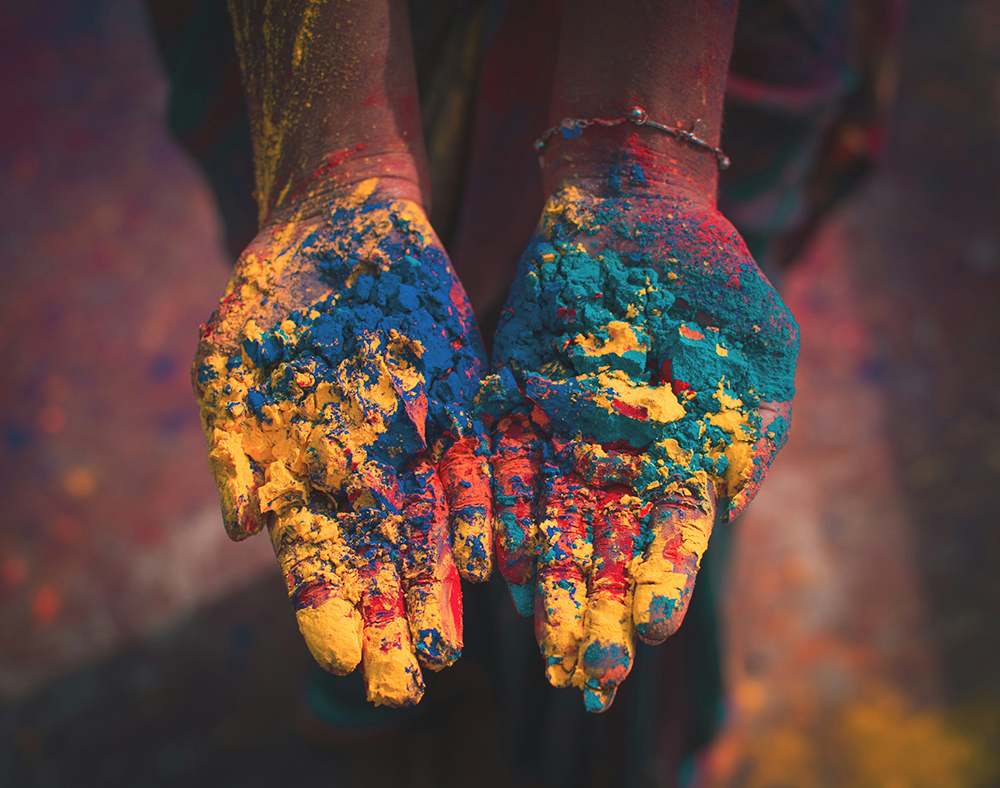India Festival Tour
Embarking on a festival tour in India is an exhilarating way to dive into the heart of its cultural splendor, vibrant traditions, and colorful celebrations. India’s festivals, each with its unique charm and significance, paint a vivid picture of the country’s rich heritage and communal spirit. Here’s a guide to help you experience the most iconic festivals across India, ensuring a journey filled with unforgettable memories and magical moments.
Diwali: The Festival of Lights
- Where and When: Celebrated nationwide, with significant festivities in North India, particularly in cities like Varanasi, Jaipur, and Delhi. Diwali occurs in October or November, depending on the lunar calendar.
- What to Expect: Diwali symbolizes the victory of light over darkness. Witness millions of lamps and candles illuminating homes, streets, and temples. The air is filled with the joyous sounds of fireworks, and families gather to share sweets and gifts.
Holi: The Festival of Colors
- Where and When: Widely celebrated across North India, with notable celebrations in Mathura, Vrindavan, Udaipur, and Jaipur. Holi takes place in March, marking the arrival of spring.
- What to Expect: Holi is renowned for its vibrant play of colors, where people smear each other with colored powders and drench each other with water guns and balloons. Music, dance, and traditional foods like gujiya and thandai add to the festive mood.
Durga Puja: The Triumph of Good over Evil
- Where and When: Primarily celebrated in West Bengal, especially Kolkata, in September or October. The festival lasts for ten days, with the last five days being the most significant.
- What to Expect: Durga Puja honors the victory of Goddess Durga over the buffalo demon Mahishasura. The city transforms with elaborate temporary structures called pandals, housing beautifully crafted idols of the goddess. Cultural performances, art displays, and culinary feasts abound.
Pushkar Camel Fair: A Cultural Extravaganza
- Where and When: Held in the town of Pushkar, Rajasthan, in October or November, coinciding with the Kartik Purnima (full moon night).
- What to Expect: Initially a livestock fair, it has grown into a cultural fest, attracting thousands of camels, horses, and cattle. Tourists can witness camel races, folk performances, and the mesmerizing hot air balloon flights over the desert.
Onam: The Harvest Festival of Kerala
- Where and When: Celebrated in Kerala in August or September, marking the Malayalam New Year.
- What to Expect: Onam is famous for its Vallam Kali (boat races), Pulikali (tiger dances), and the grand Onam Sadya (feast). The highlight is the creation of Pookalam, intricate floral carpets that adorn the entrances of homes.
Kumbh Mela: The Spiritual Gathering
- Where and When: Rotates among four locations: Haridwar, Allahabad (Prayagraj), Nashik, and Ujjain, based on astrological positions. It’s held every three years, with the Maha Kumbh Mela every twelve years.
- What to Expect: The Kumbh Mela is the largest religious gathering in the world, drawing millions of pilgrims. Devotees take holy dips in the river, attend spiritual discourses, and witness the procession of sadhus and ascetics.
Tips for Festival Tourists
- Plan Ahead: Accommodations can get booked months in advance, especially in cities known for grand celebrations.
- Respect Traditions: Many festivals have religious significance. Dress modestly and follow local customs.
- Stay Healthy: With the large crowds and street food, it’s essential to take precautions to avoid getting sick.
- Be Prepared for Crowds: Festivals can attract massive gatherings. Keep your belongings safe and maintain patience.


